

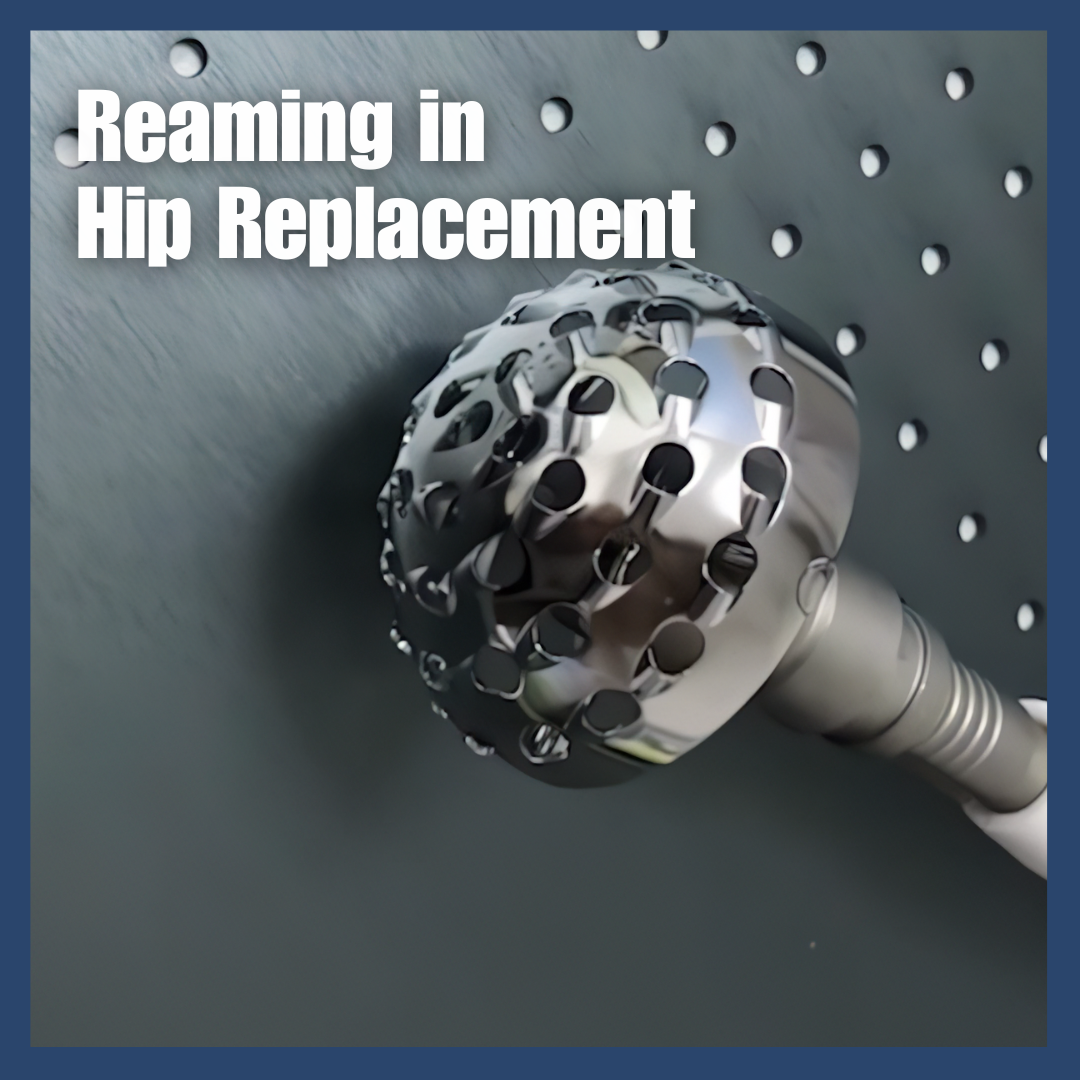
Acetabular reaming is the surgical process that prepares your hip socket during total hip replacement, and it's one of the most critical steps affecting your long-term outcomes. Using specialized hemispherical tools, surgeons carefully shape the bone to create the perfect fit for your new implant. Recent advances in robotic-assisted surgery have transformed this process, allowing for CT-based planning and real-time precision that was impossible just a few years ago. Research now shows that enhanced reaming depth techniques can actually improve implant stability while reducing bone strain and fracture risks. Whether you're considering hip replacement or simply want to understand what happens during surgery, this guide explains the reaming process, why precision matters, and how modern technology helps surgeons achieve better results. Learn what questions to ask your surgeon and what factors affect the approach used for your specific anatomy.
Read More
3D planning technology has transformed hip replacement surgery by delivering unprecedented precision in implant sizing and positioning, with accuracy rates of 34-100% for component selection and positioning within 1-2mm of optimal targets. Unlike traditional 2D X-ray planning that relied on educated guessing, modern 3D systems use CT scans and specialized software to create detailed anatomical models, allowing surgeons to virtually rehearse procedures and detect potential problems before surgery. This advanced planning approach results in shorter surgery times, better functional outcomes, reduced complications, and faster patient recovery, while also proving cost-effective through decreased revision rates and improved hospital efficiency. Patients considering hip replacement should ask their surgeons about 3D planning capabilities, as this technology is rapidly becoming the standard of care for achieving optimal surgical outcomes and long-term implant success.
Read More
Direct Anterior Approach (DAA) hip replacement is a revolutionary minimally invasive surgical technique that accesses the hip joint through a precise 3-4 inch incision extending from the Anterior Superior Iliac Spine toward the lateral epicondyle. Unlike traditional hip replacement methods, DAA utilizes the natural intermuscular interval between the tensor fasciae latae and sartorius muscles, preserving muscle integrity without cutting through major muscle groups. The procedure involves positioning the patient supine on a specialized fracture table, carefully dissecting through anatomical layers, and using specialized retractors to access the hip joint while maintaining tissue preservation. This muscle-sparing approach enables same-day discharge, immediate weight-bearing, and significantly faster recovery times, with patients achieving independent mobility up to six days earlier than traditional hip replacement surgery. The technique combines intraoperative fluoroscopy for optimal implant placement with reduced post-operative pain, lower dislocation rates, and improved patient satisfaction, making it the preferred choice for modern total hip arthroplasty procedures.
Read More.png)
Osteoporosis, or porous bone, is a disease characterized by low bone mass and structural deterioration of bone tissue, leading to bone fragility and an increased risk of fractures of the hip, spine, and wrist. Men as well as women are affected by osteoporosis, a disease that can be prevented and treated. Get the facts about causes, prevention, fractures and bone density testing.
Read More.png)
Side or outer hip pain is a very common musculoskeletal complaint. Hip bursitis is a frequent cause of side hip pain and there are multiple treatments options that can offer joint pain relief. Dr. Cory Calendine, MD discusses the causes, symptoms and medical treatments available for hip bursitis and lateral hip pain.
Read More
A common questions from hip and knee replacement patients is "When can I return to driving after surgery?" Cory Calendine, MD, Orthopaedic Surgeon and joint replacement specialist discusses the criteria used to determine when patients are able to return to driving. There are many factors which contribute to hip and knee surgery patients' postoperative recovery and return to daily activities.
Read More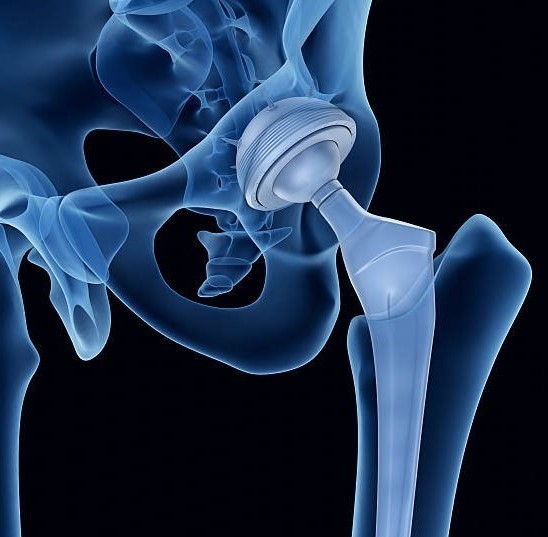
Dr. Cory Calendine, Orthopedic Surgeon explains the basic components involved in total hip replacement. Hip implants consist of carefully engineered (plastic and metal) components that replace the damaged bone surface seen with hip arthritis and injury. When it comes to improving quality of life, total hip arthroplasty is one of the most successful surgeries performed by surgeons today.
Read More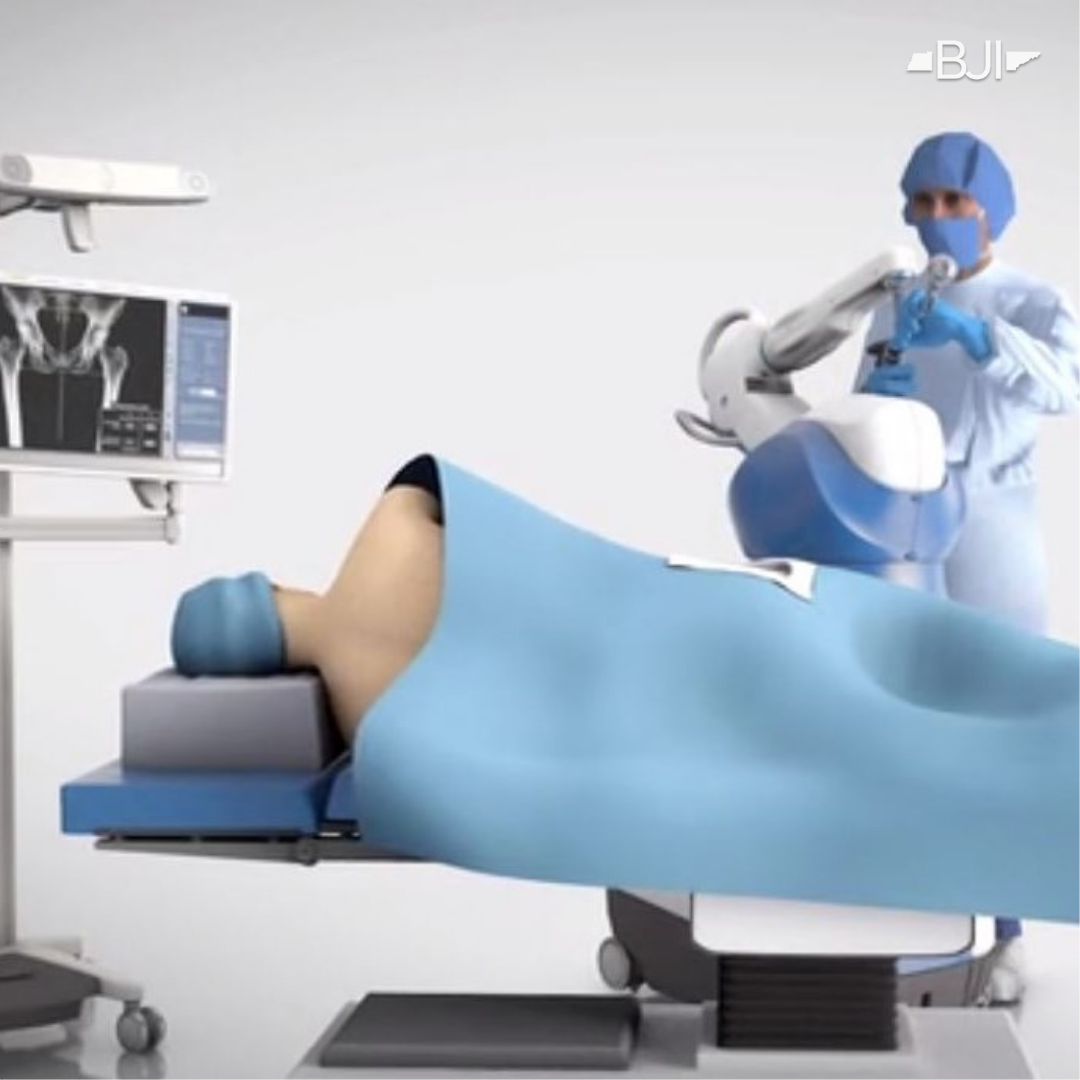
If you’re one of the millions of Americans suffering from pain caused by joint arthritis, injury and pain, Mako Robotic-Arm Assisted Surgery might be right for you. Dr. Cory Calendine, Orthopaedic Surgeon, and the team at the Bone and Joint Institute of Tennessee offer state-of-the-art robotic surgery solutions for joint pain sufferers. LEARN MORE.
Read More
The medical community has recognized the contribution of prescription opioids in the growing national opioid crisis. Research studies are evaluating the safety and efficacy of opioid alternatives and multimodal pain treatment protocols. Decreasing and even eliminating the use of opioids for perioperative pain control is becoming a standard of care for orthopaedic surgical procedures.
Read More
Leg length discrepancy (LLD) is an orthopaedic problem that results when one lower extremity is longer than the other. Leg length discrepancy can be structural or functional and can be secondary to other diseases including arthritis, bone injury and neuromuscular syndromes. When leg length discrepancy becomes symptomatic, treatments is often determined by etiology and severity of symptoms.
Read More
Diagnostic imaging techniques can help delineate musculoskeletal injury and disease. The most commonly used techniques include xrays, computed tomography (CT) scans, and magnetic resonance imaging (MRI). Dr. Cory Calendine, Orthopaedic Surgeon, discusses the differences and most common uses of bone and joint imaging modalities.
Read More.png)
Approximately 400,000 hip replacements will be performed this year in the US. Hip replacement surgical technique and implant design has advanced at a rapid pace, and many outdated hip replacement myths linger, especially on the internet. If you’re suffering with hip pain, don’t allow these misconceptions keep you from seeking advice from a qualified specialist.
Read More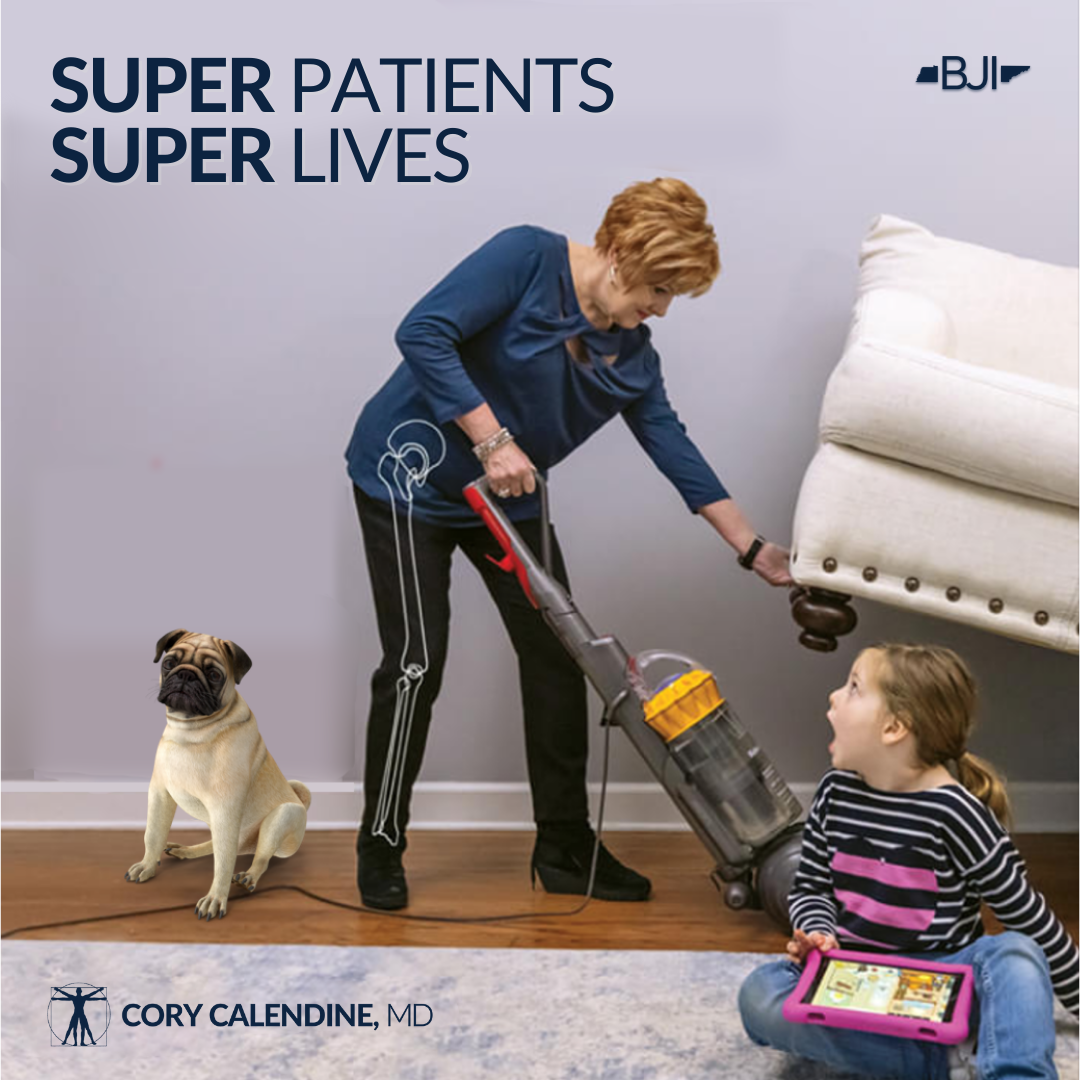
Bone and Joint Institute of Tennessee’s board-certified total joint replacement specialists Cory Calendine, M.D., and Brian Perkinson, M.D., sat down to discuss the process of total joint replacement, what makes a good candidate for surgery and what the recovery process entails.
Read More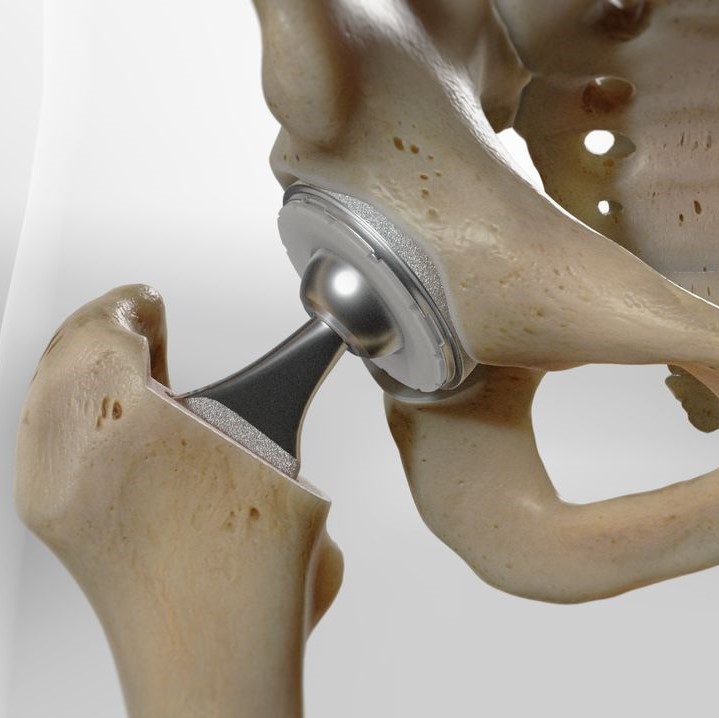
If you’re one of the millions of Americans suffering from pain caused by joint arthritis, and you have not seen relief with conservative treatment options, MAKO Robotic-Assisted joint replacement might be right for you. Cory Calendine, MD, Hip and Knee Specialist discusses the benefits of Robotic-Assisted Total Hip Arthroplasty (THA).
Read Morea.png)
Pain control is a major concern for many joint replacement surgery candidates. Surgeons and anesthesiologists utilize a combination of advanced anesthesia techniques to optimize pain control and improve hip and knee replacement outcomes. Advanced anesthesia procedures at the Bone and Joint Institute means improved pain control and shorter hospital stays for most joint replacement patients.
Read More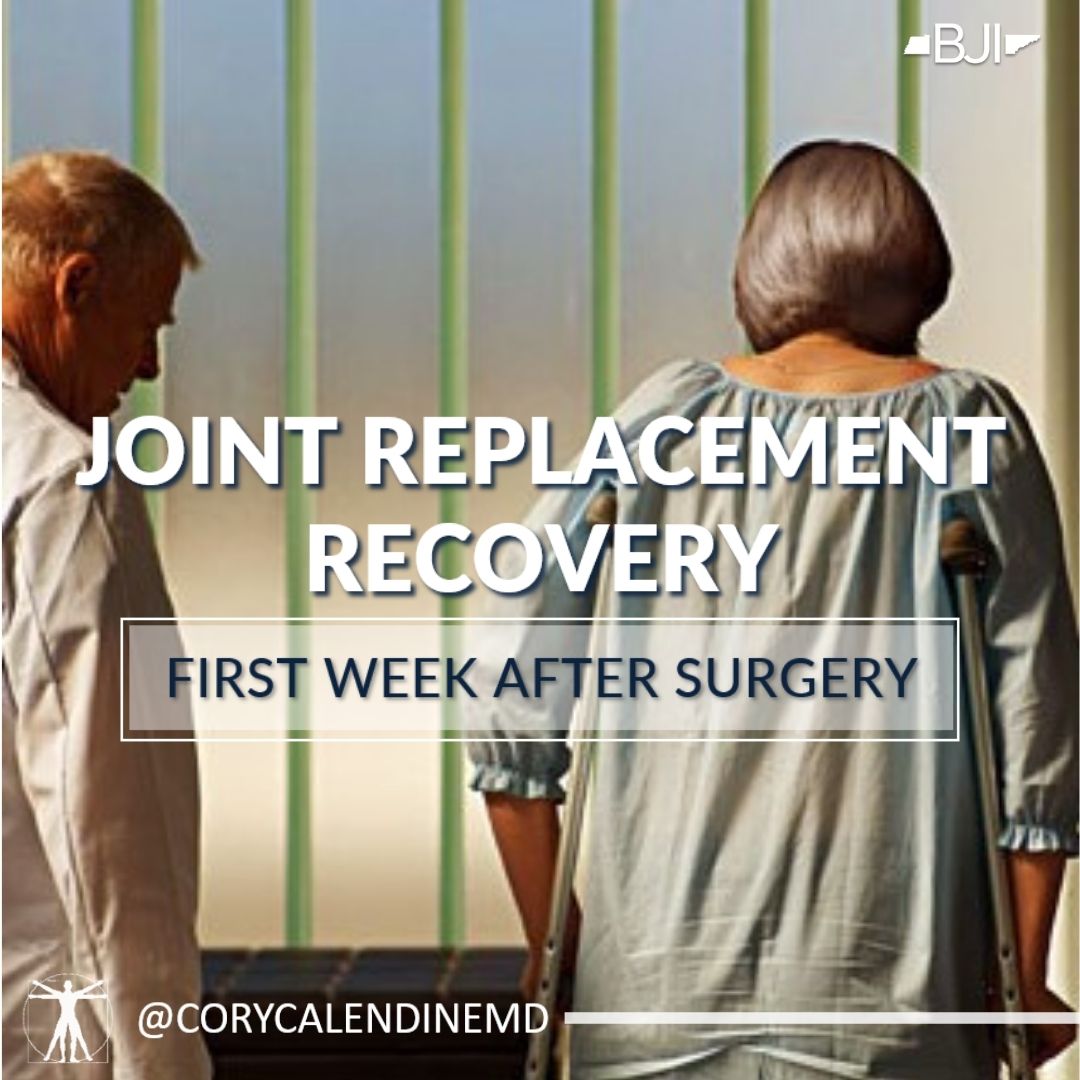
Joint Replacement is a major surgical procedure, pre-operative education and expectations can make joint replacement recovery more successful. This blog discusses the first week of joint replacement recovery with consideration of pain control, appetite, sleep and assistance with basic daily activities. The bone and joint institute team is dedicated to optimizing your joint replacement surgery recovery.
Read More